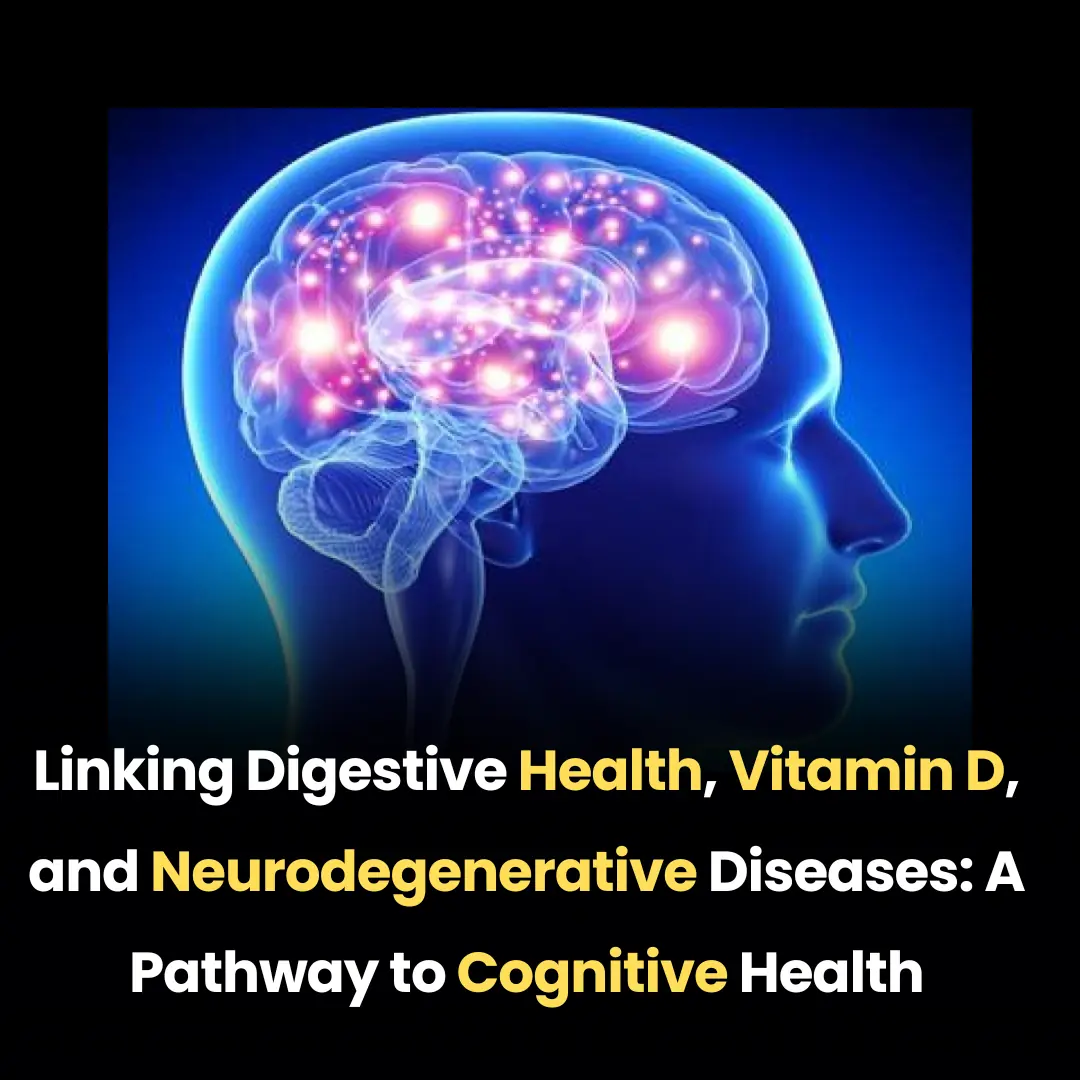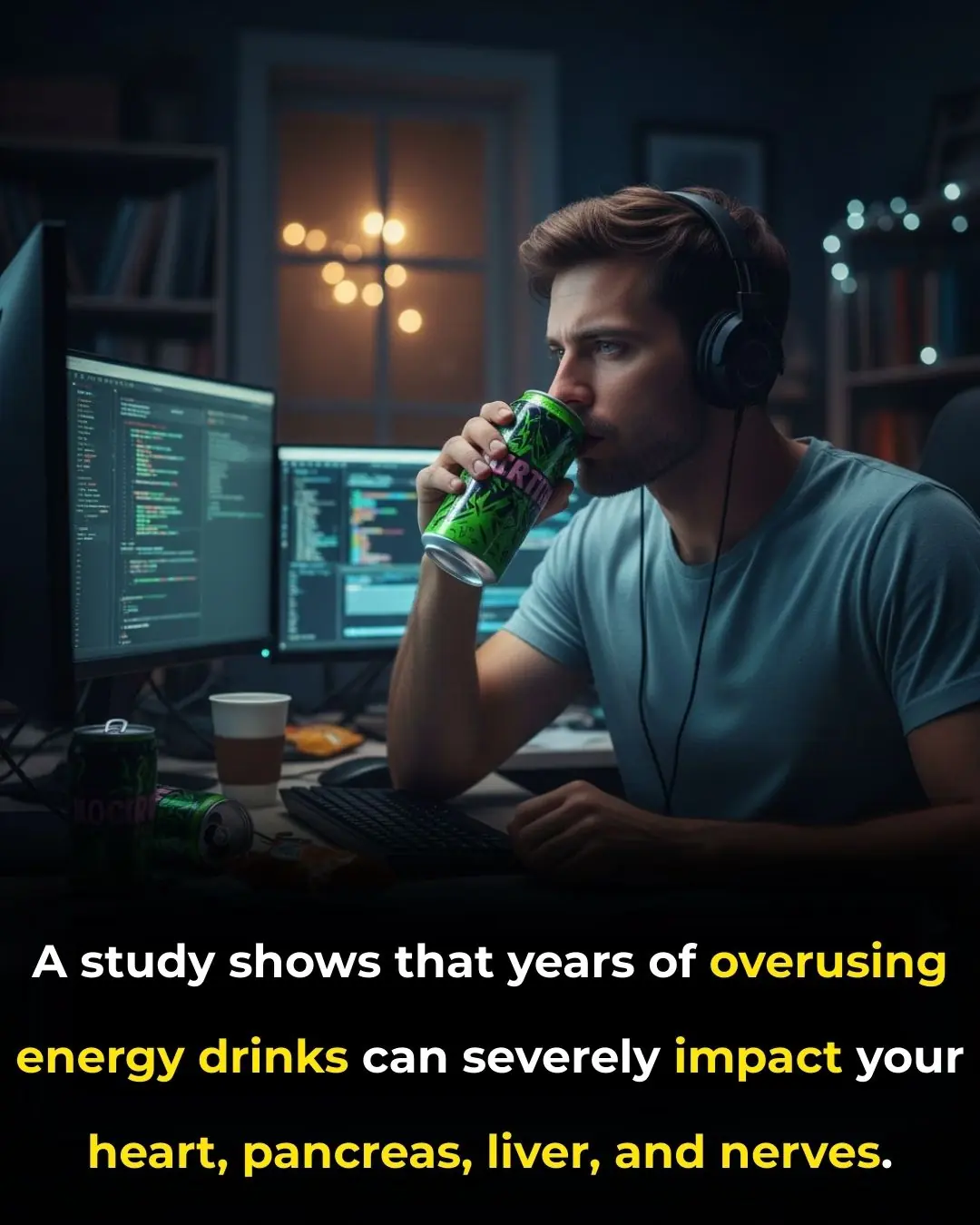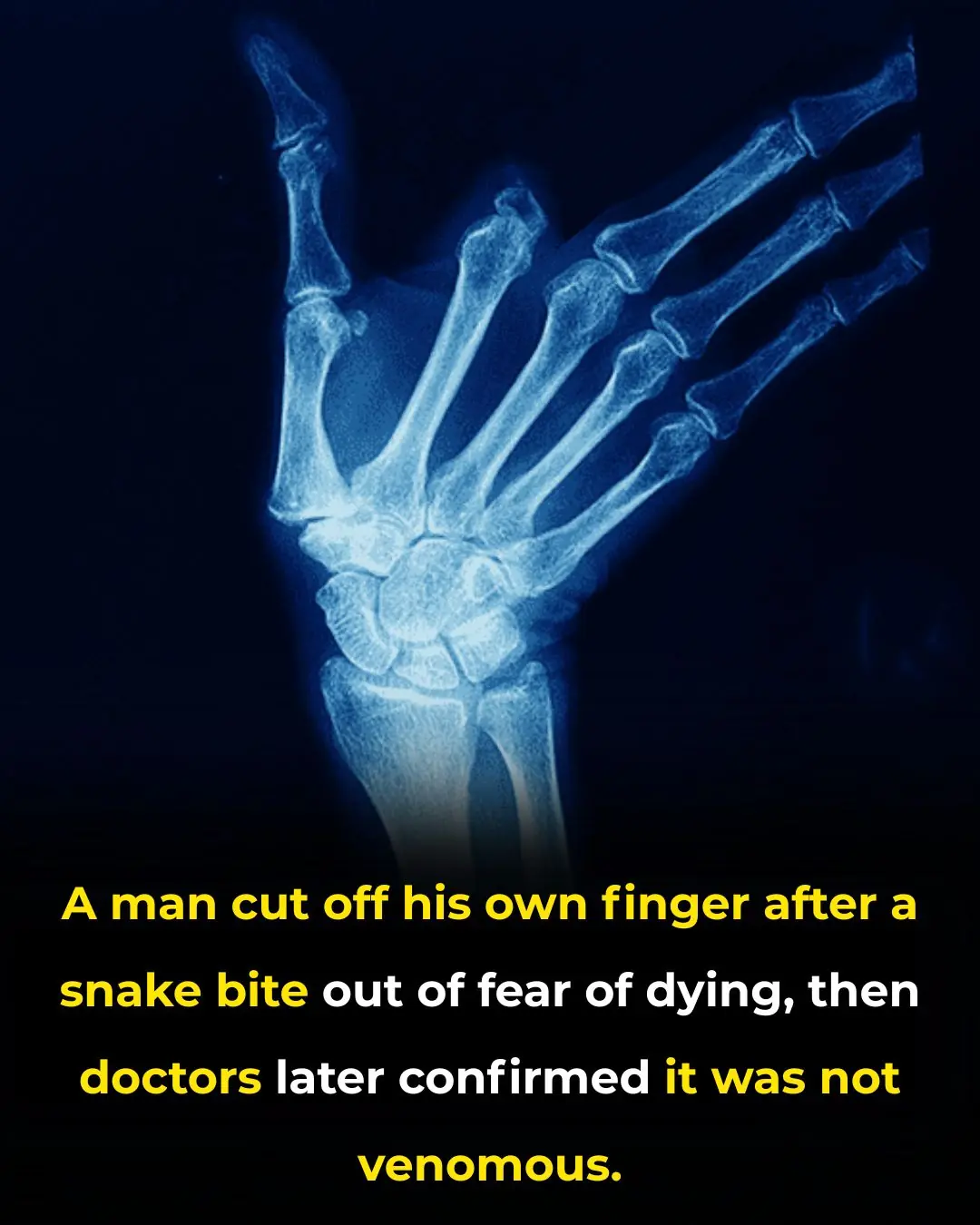
Revealing the Human Heart: A Stunning Look at Its Circulatory System Without Muscle or Fat
This Is the Human Heart—With All Muscle and Fat Removed
The human heart, when stripped of its muscle and fat, reveals a mesmerizing and intricate internal structure. Without the layers of muscle tissue that typically conceal it, the heart’s network of coronary arteries and cardiac veins emerges in full view, showcasing a system of vessels that is as delicate as it is vital. This rare anatomical preparation, popularized by the pioneering anatomist Gunther von Hagens, offers a profound look at the human heart not as a solid muscle, but as an intricate, life-sustaining system of blood vessels that keep the body alive.
The coronary arteries play a vital role in delivering oxygen-rich blood to the heart muscle itself, ensuring that this organ remains nourished and capable of performing its essential function. On the other hand, the cardiac veins return oxygen-poor blood back to the heart, completing the circulation loop. These vascular structures are typically hidden beneath layers of muscle and fat, making their detailed examination a rare opportunity to understand the intricate inner workings of the human heart.
Gunther von Hagens, a German anatomist and the creator of the controversial BODY WORLDS exhibitions, is credited with popularizing this approach to displaying human anatomy. Through his development of the plastination technique, von Hagens was able to preserve human bodies in lifelike detail, providing viewers with an unparalleled opportunity to observe the inner workings of the human form. Plastination involves replacing the water and fat in tissues with durable polymers, which results in specimens that are preserved indefinitely and can be displayed without the risk of decomposition.
While von Hagens' work has garnered significant admiration for its scientific and educational value, it has also sparked considerable ethical debate. Critics argue that the display of human bodies, even in educational contexts, raises questions about consent, dignity, and respect for the deceased. Nonetheless, von Hagens' exhibitions have provided an extraordinary glimpse into human anatomy, and many argue that they have sparked public interest in biology and medicine, helping people to better understand the complexity of the human body.
This specimen of the heart, reduced to its circulatory pathways, is more than just a scientific display; it serves as a striking reminder of the unseen systems that sustain our lives. It forces us to confront the complex biological processes that we often take for granted, and underscores the fragility of the human body. The beauty of this anatomical preparation lies not only in its aesthetic appeal but also in the way it highlights the essential, yet invisible, processes that keep our bodies functioning day in and day out.
By presenting the heart in this way, von Hagens invites us to appreciate the body’s intricate systems and to recognize how interconnected and fragile our existence truly is. The cardiovascular system, which many of us only think about when something goes wrong, is revealed here in its purest, most essential form—a system of vessels, working tirelessly and continuously to keep the heart beating and the blood flowing.
In this unique anatomical perspective, the heart becomes more than just an organ; it becomes a symbol of the delicate balance required to sustain life. The complexity and beauty of the circulatory pathways remind us of the profound systems that operate silently within us, keeping us alive in ways that are often invisible until they are disrupted.
Sources:
-
von Hagens, Gunther. BODY WORLDS: The Anatomical Exhibition of Real Human Bodies. 2002.
-
"Plastination: The Art of Preservation." The Plastination Laboratory, www.plastination.com.
-
"The Ethical Debate Behind Body Worlds." National Geographic, www.nationalgeographic.com/ethical-body-exhibitions.
News in the same category


PP405: A Promising New Drug That Could Revolutionize Hair Loss Treatment by Reactivating Dormant Hair Follicles

Astronomers Capture Groundbreaking Image of New Solar System Formation

Denmark's 'Rolling Grocer' Initiative Brings Fresh Food and Community Connection to Rural Seniors

Mosquitoes Discovered in Iceland for the First Time: A Warning of Climate Change Effects

Denis Vashurin: The Man Who Appears as a Teenager Despite Being in His 40s

M.K. Prakasan: The Teacher Who Swims 12 km Daily to Educate Students in Kerala

Belgian Prodigy Laurent Simons Earns PhD in Quantum Physics at Just 15 Years Old

Revolutionary Cancer Treatment: Activating Immune Structures Within Tumors to Shrink Cancer and Prevent Relapse

Linking Digestive Health, Vitamin D, and Neurodegenerative Diseases: A Pathway to Cognitive Health

The 400-Year-Old Greenland Shark: A Living Witness to Centuries

The Hidden Dangers of Long-Term Energy Drink Consumption

Frozen Time Capsule: Scientists Reveal Ancient Antarctic Landscape

How Cold-Water Swimming Boosts Mood, Reduces Stress, and Enhances Mental Wellbeing

Snakebite Panic Leads Farmer to Sever Finger, Doctors Confirm No Danger

Why Even Small Amounts of Light at Night Can Harm Your Sleep and Mental Health

Apple Extract: A Natural Alternative to Chemotherapy for Treating Colon Cancer

Why the Brain Remembers Negative Experiences More Than Positive Ones: Implications for Mental Health and Well-Being

Having the letter M on the Palm of your hand means that
News Post

The Arrival of Mosquitoes in Iceland: A Sign of Shifting Ecosystems and Public Health Risks

PP405: A Promising New Drug That Could Revolutionize Hair Loss Treatment by Reactivating Dormant Hair Follicles

Astronomers Capture Groundbreaking Image of New Solar System Formation

Denmark's 'Rolling Grocer' Initiative Brings Fresh Food and Community Connection to Rural Seniors

Mosquitoes Discovered in Iceland for the First Time: A Warning of Climate Change Effects

Denis Vashurin: The Man Who Appears as a Teenager Despite Being in His 40s

M.K. Prakasan: The Teacher Who Swims 12 km Daily to Educate Students in Kerala

Belgian Prodigy Laurent Simons Earns PhD in Quantum Physics at Just 15 Years Old

Revolutionary Cancer Treatment: Activating Immune Structures Within Tumors to Shrink Cancer and Prevent Relapse

Flaxseeds Gel For Faster Hair Growth

Linking Digestive Health, Vitamin D, and Neurodegenerative Diseases: A Pathway to Cognitive Health

The 400-Year-Old Greenland Shark: A Living Witness to Centuries

The Hidden Dangers of Long-Term Energy Drink Consumption

Frozen Time Capsule: Scientists Reveal Ancient Antarctic Landscape

How Cold-Water Swimming Boosts Mood, Reduces Stress, and Enhances Mental Wellbeing

Snakebite Panic Leads Farmer to Sever Finger, Doctors Confirm No Danger

Why Even Small Amounts of Light at Night Can Harm Your Sleep and Mental Health

Apple Extract: A Natural Alternative to Chemotherapy for Treating Colon Cancer
